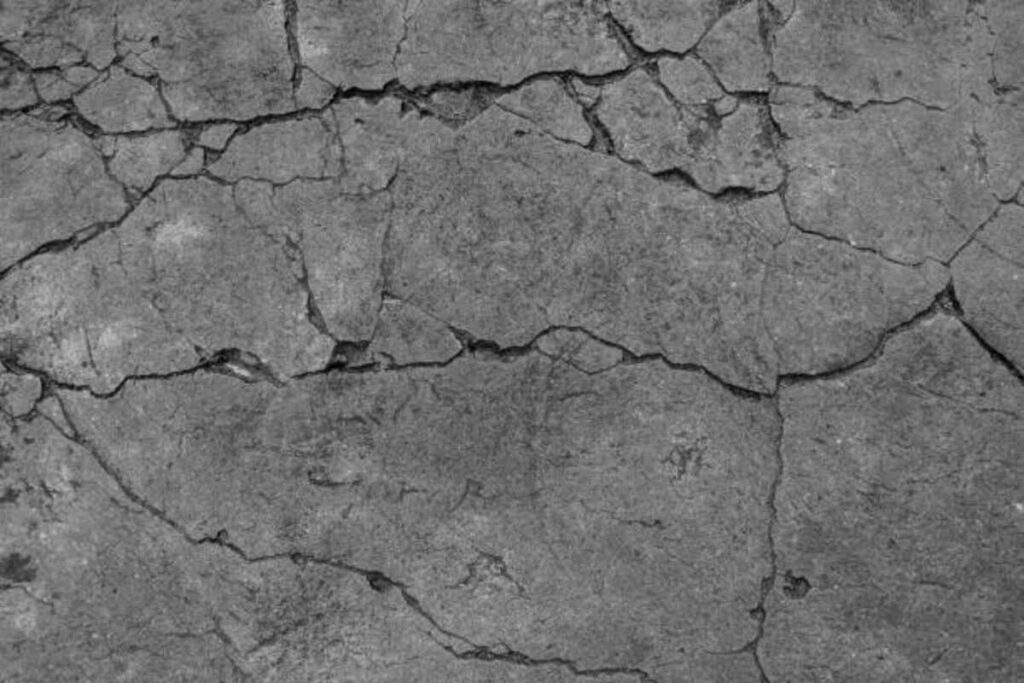Grout injection is a widely used technique in civil engineering and construction, employed to improve the structural integrity of soils, rock formations, and masonry. It involves the injection of a fluid-like material—grout—into voids, cracks, or spaces within a substrate to fill, bond, or reinforce it. The grout used typically comprises a mixture of water, cement, and additives, although other materials such as resins, chemicals, and bentonite may also be used depending on the application. The selection of grout depends on factors such as substrate type, project goals, and environmental conditions.
The Basics of Grout Injection
Grout injection is a method of introducing grout under pressure into a targeted area to achieve specific engineering objectives. The technique is versatile, offering solutions to issues such as structural instability, water ingress, and voids in construction materials. The primary purpose of grout injection is to enhance the physical properties of the treated area, such as strength, impermeability, and stability. Depending on the project requirements, grouting may be carried out at low or high pressure, with varying compositions of grout to suit the intended purpose.
Grout can be classified into several types based on its composition:
- Cementitious Grout: Made from a mixture of cement, water, and sometimes sand, this type is commonly used in structural repairs and ground improvement.
- Chemical Grout: Comprising resins or other chemical compounds, chemical grouts are ideal for sealing and waterproofing.
- Bentonite Grout: Often used in groundwater management due to its swelling properties, bentonite grout is effective for creating barriers against water.
- Epoxy Grout: Highly durable and resistant to chemical attacks, epoxy grouts are used for precision applications like machinery baseplates.
Techniques of Grout Injection
Grout injection can be performed using several techniques. Each technique requires specialized equipment and expertise to ensure precise application and desired outcomes, and is suited to specific scenarios:
- Permeation Grouting: This method involves injecting low-viscosity grout into porous soils to fill the spaces between particles. It is used for strengthening soil or reducing permeability.
- Compaction Grouting: A thick grout is injected into the soil to displace and compact loose materials, increasing their density and load-bearing capacity.
- Fracture Grouting: High-pressure injection creates fractures in the soil or rock, allowing grout to penetrate and consolidate the formation.
- Pressure Grouting: This advanced technique uses high-pressure jets to mix grout with the soil in situ, creating columns of stabilized material.
- Curtain Grouting: Typically used in dam construction, this method involves injecting grout in a grid pattern to form a continuous barrier that prevents water seepage.
Applications of Grout Injection
Grout injection finds applications across a broad range of industries, particularly in construction, geotechnical engineering, and environmental remediation. Below are some of its most common uses:
- Foundation Stabilisation: One of the primary applications of grout injection is to stabilize weak or settling foundations. Compaction grouting is often used to improve the bearing capacity of the soil, while permeation grouting is employed to fill voids and stabilize the loose ground.
- Sealing and Waterproofing: In projects such as tunnel construction, grout injection is used to prevent water ingress by sealing cracks and joints. Chemical grouts, with their quick-setting and impermeable properties, are particularly effective in such applications.
- Masonry Repair: Historical buildings and monuments often suffer from cracks and voids within their masonry. Grout injection provides a minimally invasive solution to bond and reinforce these structures without altering their appearance.
- Groundwater Management: Bentonite grout is frequently used to create impermeable barriers to control groundwater flow, protect excavation sites, or prevent contamination spread.
- Void Filling: Disused mines, sinkholes, and other underground voids pose risks to infrastructure and public safety. Grout injection helps to fill these spaces, preventing collapses and stabilizing the ground above.
- Soil Improvement: Pressure grouting and other advanced techniques are employed to improve soil properties, particularly in areas prone to liquefaction or subsidence. These methods enhance the stability and load-bearing capacity of soils.
- Dam Construction and Repair: Curtain grouting is a vital technique in dam construction and maintenance. Creating impermeable barriers, prevents seepage through the foundation or abutments, ensuring the structural integrity of the dam.
When is Grout Injection Used?
Grout injection is employed in situations where structural stability, water management, or void filling is required. It is commonly used during construction, renovation, or maintenance projects to address specific challenges:
- Pre-Construction: Grout injection is often utilized before construction begins to prepare the ground, ensuring adequate stability and load-bearing capacity for foundations.
- During Construction: It is employed to address issues encountered during excavation or to seal joints in structures such as tunnels and retaining walls.
- Post-Construction: Grout injection provides a reliable solution for repairing cracks, stabilizing foundations, and mitigating settlement in existing structures.
Challenges and Limitations
Despite its advantages, grout injection also presents challenges and limitations. These include:
- Precision Requirements: The success of the technique depends on the accurate identification of the problem area and the precise application of the grout.
- Material Compatibility: Incorrect selection of grout can lead to incompatibility with the substrate, reducing effectiveness.
- Cost Variability: While cost-effective in many cases, certain advanced techniques and materials can be expensive.
- Environmental Concerns: The use of chemical grouts may pose environmental risks if not properly managed.
- Long-Term Durability: In some cases, the effectiveness of grout injection may diminish over time due to environmental factors or material degradation.
Modern Engineering Marvel
Grout injection is an indispensable technique in modern engineering, offering effective solutions to a variety of challenges. Its versatility, cost-effectiveness, and ability to enhance structural integrity make it a valuable tool for construction, repair, and ground improvement. From stabilizing foundations and sealing tunnels to preserving historical monuments, grout injection continues to play a crucial role in ensuring the safety and durability of structures and environments. However, its success relies on careful planning, precise execution, and the appropriate selection of materials and techniques. By addressing these factors, engineers can harness the full potential of grout injection to meet the demands of contemporary construction and infrastructure development.
Read also: Epoxy Injection for Structural Crack Repair: What You Need to Know



